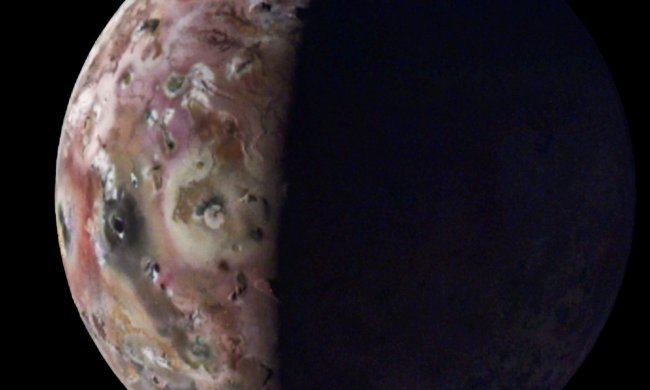When looking for safe places for astronauts to stay when they venture away from Earth to new moons and planets, one strong contender is that they should stay underground. Being underground means more protection from harmful space radiation and less exposure to weather events, and nature already creates environments that could be ideal bases in the form of lava tubes. Created when molten lava flows under the surface, lava tubes are thought to exist on both Mars and the moon, providing potential shelter for human explorers.
Now, new research from engineers at the University of Arizona proposes a method for using robots to scout out lava tubes for use as habitats ahead of the arrival of human astronauts. “Lava tubes and caves would make perfect habitats for astronauts because you don’t have to build a structure; you are shielded from harmful cosmic radiation, so all you need to do is make it pretty and cozy,” said lead author of the research, Wolfgang Fink, in a statement.

The group proposes using a flock of robots like rovers, landers, or submersibles which are linked by a communication network. To safely explore, the robots would use a method inspired by the fairytale Hansel and Gretel, which involves leaving a trail of small sensors like breadcrumbs.
“If you remember the book, you know how Hansel and Gretel dropped breadcrumbs to make sure they’d find their way back,” said Fink. “In our scenario, the ‘breadcrumbs’ are miniaturized sensors that piggyback on the rovers, which deploy the sensors as they traverse a cave or other subsurface environment.”
These sensors monitor the environment in which they are placed, and when a robot senses that it is losing communication with the network it drops a communication node. Instead of trying to predict exactly when and where these nodes will be needed, this system lets robots deploy the nodes autonomously as required.
This system means the rovers can explore various types of environments without the engineers having to predict what conditions they will come across beforehand. By forming a mesh network, a group of robots can keep in contact with each other and share information efficiently.
Having established the concept in principle, the group is now working on building a mechanism to allow rovers to deploy communication nodes. This could allow the exploration of environments where there are still many unknowns, like lava tubes.
“The most amazing discoveries in science come about when advances in technology provide both first-time access to a thing or place and the means of communicating what is thereby discovered to creative minds that are seeking understanding,” said University of Arizona professor Victor Baker.
The research is published in the journal Advances in Space Research.



